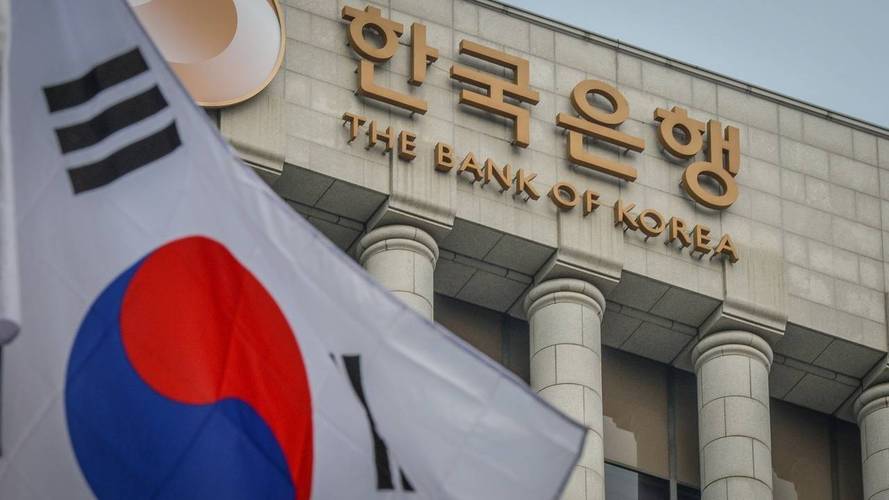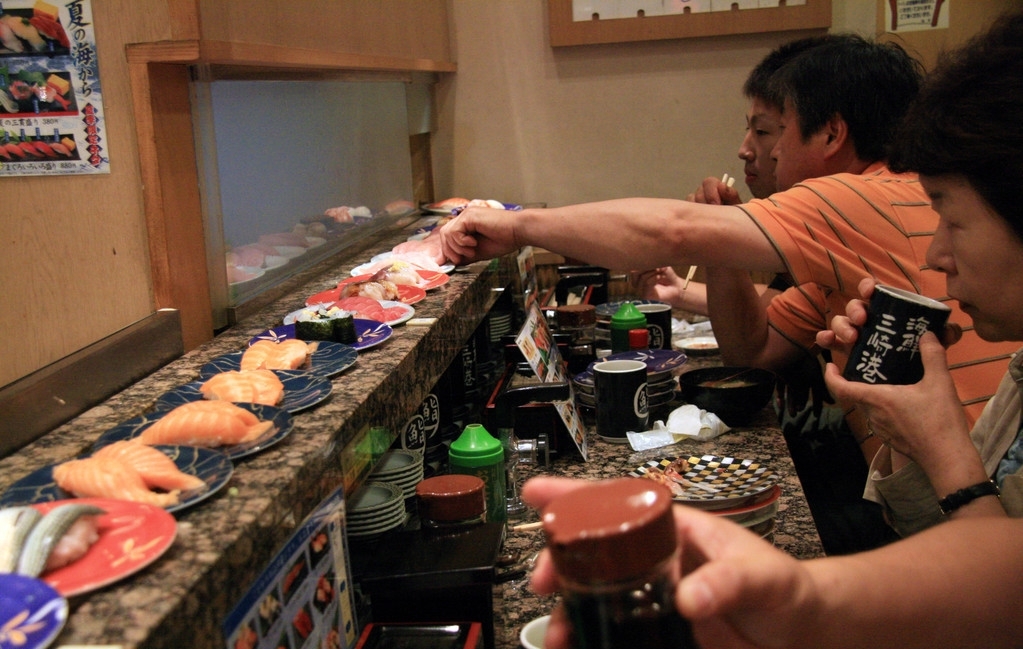
The Bank of Korea's momentous decision on November 28 to cut the seven-day repo rate by 25 basis points to 3 per cent defied market expectations and became the first back-to-back rate cuts since early 2009, sparking much attention and discussion. Behind this lies the Bank of Korea's deep weighing of the complex domestic and international economic situation, and its impact is spreading like ripples across all levels of the economy.
Looking at the current situation of the Korean economy, it is obvious that there is a lack of growth momentum. The outlook for overall economic growth is clouded by a weak 0.1 per cent rise in GDP in the third quarter, much lower than expected. Exports, as a key driver of the South Korean economy, have been in trouble for a long time, and the semiconductor industry is the hardest hit area. Exports have declined for seven consecutive months, which is undoubtedly a heavy blow to the South Korean economy, which relies heavily on exports to earn foreign exchange. At the same time, the domestic consumer market is also flagging, consumer confidence is low, the pace of recovery of private consumption is extremely slow, it is difficult to assume the task of driving economic growth. In this context, the interest rate reduction policy came into being, its core logic is to reduce borrowing costs, stimulate the investment enthusiasm of enterprises, encourage them to expand production scale, technological innovation and equipment upgrade; At the same time, it also aims to reduce the debt pressure of residents, so as to release more consumption potential, and inject vitality into the sluggish economy and promote the economy back to the track of growth.
The inflation data also provide some room for interest rate cuts. South Korea's consumer price index rose 1.5 percent in November from a year earlier, up from the previous month, but still below the central bank's 2 percent annual target and below that target for three consecutive months. The moderate inflation level means that the price pressure is relatively small, the implementation of interest rate reduction policy at this time, while stimulating the economy, the risk of causing hyperinflation is under control, which makes the Bank of Korea can more calmly use interest rate reduction tools to deal with the current economic predicament.
The changing global economic landscape and the high degree of uncertainty in the external environment are also important catalysts for the Bank of Korea's interest rate cut. The change of administration in the United States has created many policy uncertainties, especially in the area of trade. The changes in trade policy that Trump announced during and after his election campaign, including higher tariffs and the possible elimination of subsidies for foreign companies, have raised the potential threat to South Korea's economy, an important trading partner of the United States, as never before. South Korea's exporters could face higher trade barriers, less competitive products and shrinking market share, dragging down the country's economic growth. In order to deal with this potential trade risk and the economic downturn crisis that may be triggered in advance, the Bank of Korea has taken decisive measures to cut interest rates and strive to enhance the adaptability and resilience of the national economy in the complex international environment.
The ripple effect of the Bank of Korea's rate cut was swift and dramatic. In the foreign exchange market, the dollar rose against the Korean won as soon as the rate cut was announced, and the won fell sharply to 1,396.25 per dollar. In the bond market, South Korea's 10-year government bond futures surged to their highest level since 2022. From a macroeconomic point of view, interest rate cuts are indeed expected to alleviate the debt repayment pressure of households and enterprises to a certain extent, stimulate the growth of investment and consumption, and create favorable conditions for economic recovery. However, the ultimate effect of this policy does not exist in isolation, but is influenced and restricted by many factors such as the trend of the global economic situation, changes in the international trade environment and fluctuations in domestic market confidence.
The rate cut by the Bank of Korea is a strategic choice against the backdrop of weak domestic economic growth, controllable inflationary pressure and intensifying external trade risks. The aim is to stabilize economic growth, reduce debt burdens and strengthen the economy's buffer against external shocks through flexible adjustment of monetary policy. However, in the complex and changing global economic arena, its subsequent impact is full of variables, and it is necessary to keep a close eye on the evolution of the global economic situation and the operation details of the Korean domestic economy in order to assess and adjust the policy direction in a timely manner.

Recently, the Japanese food industry is undergoing an unprecedented price adjustment.
Recently, the Japanese food industry is undergoing an unpre…
Artificial intelligence has created a device that converts …
China Japan relations have become tense due to erroneous st…
The Federation of German Industries (BDI) has recently issu…
The latest annual report from the United Nations Conference…
On December 4, 2025, the U.S. stock market once again stage…